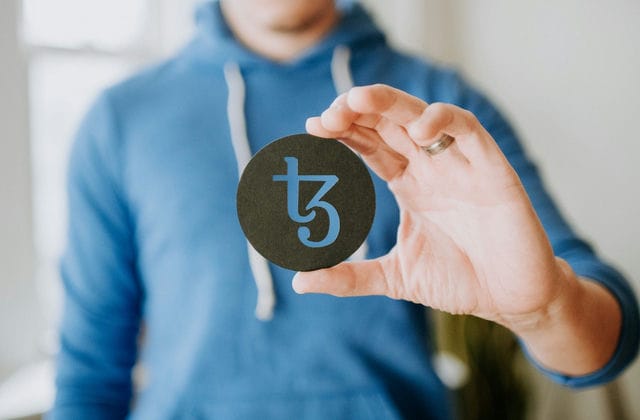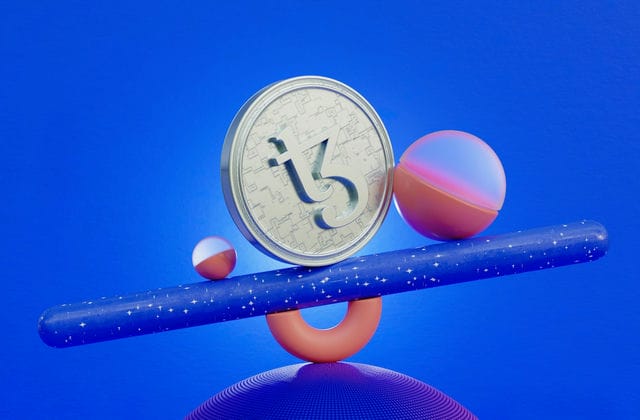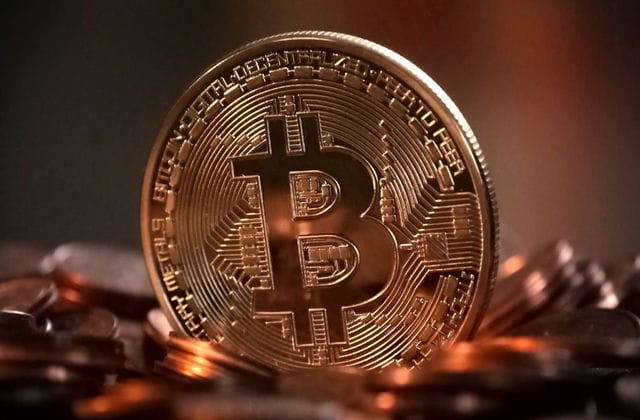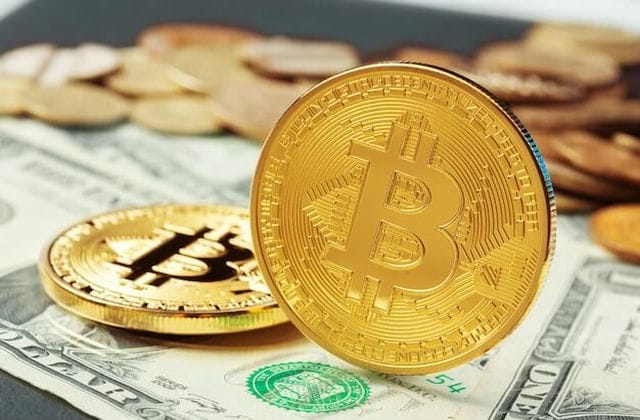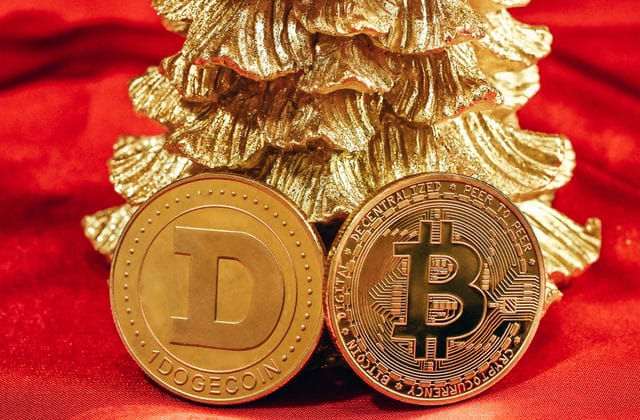Ether is the other mainstream currency alongside Bitcoin. Among the thousands of virtual currencies, Ethereum has the second largest market capitalization in the world, after bitcoin.
But what exactly is the difference between it and Bitcoin? Although I don't know much about it, it seems that the ICO requires Ether so I bought some, or if you just heard about Ether and want to know more, just read the following article to get an overview of Ether.
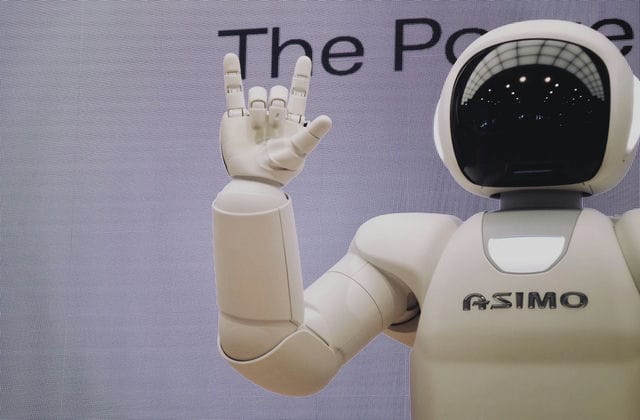
Today, we'll give you an easy-to-understand introduction to Ether.
Basic information about Ether
Currency name: Ether* Ethereum Code name: ETH Development team: Ethereum Foundation (Stiftung Ethereum) Issue size: undetermined (initial issue: 72 million) Official website: https://www.ethereum.org/
Since it is a virtual currency issued after Bitcoin, it has a variety of functions other than payment.
In particular, Ethereum has recently established itself as essential for participation in ICOs.
Differences between Ethereum and bitcoin
Different purposes of use
Bitcoin's primary use is as a means of payment, whereas Ether was developed as a platform vehicle.
For example, Bitcoin can only be used as a payment tool for exchanging goods, whereas Ether offers a much wider range of services and scope for development due to its unique characteristics. These features of Ethereum also make it possible to use distributed systems, which have always been difficult.
Here is an explanation of the features of Ethereum.
Mining is rewarded in a different way
Bitcoin's mining model is known as POW (Proof of Work), where the fastest person to do the most operations get paid. As the work suggests, the more work (calculations) the higher the reward.
Therefore, bitcoin mining requires high performance computers, a lot of time and a large electricity bill. However, this not only raises the cost of operating the currency, but also tilts resources in favor of those with more advanced equipment and time.
Ether is currently in the development phase of the POW model, but has been confirmed to convert to a POS (Proof of Stake) model in the future.
Features of Ether
Smart Contract System
Ether has features that make smart contracts possible. A smart contract in this context is a program that enables the exchange of contracts, or "automated contracts".
As a simple example, suppose there is a street vending machine.
To buy a product from the vending machine, two steps are required, namely: "putting in the money needed for the product" and "selecting the product you want to buy".
These two steps are required to conclude a contract for the sale of goods.
However, vending machines do not have a paper contract. In the case of a vending machine, as in the case of the "exchange of ownership of goods and money at the moment of cash input and selection of goods", the contract is only fulfilled when a specific action is completed.
So far, the contractual actions have been in the order of "order" → "payment" → "receipt". Generally, it requires the assistance of a third party such as a shopkeeper or a middleman, which increases transaction costs and time.
Unlike conventional contracts, smart contracts can eliminate the need for intermediaries (introducers, etc.) and minimize the waste of time and transaction costs.
Distributed application platforms
As mentioned above, Ethereum was developed as a virtual currency to support the operation of the platform. This means that anyone using Ethereum can create new applications using blockchain technology.
For the sake of understanding, let's use the example of LINE, which we all use every day:
Bitcoin is like "LINE PAY", which can only be used to make payments.
Ether, on the other hand, is "LINE proper", an all-in-one platform that can be used to exchange messages, buy LINE stickers, and provide services such as video calls.
However, LINE is strictly an SNS platform run by a single company, not a free space for 'everyone' to develop. Imagine if LINE became an unofficially run service where everyone could add apps and develop new features.

ERC20
The main reason why Ethereum is the backbone of ICOs is ERC20.
ERC20 stands for Ethereum Request for Comments: Token Standard #20. It stands for Ethereum Request for Comments: Token Standard #20, which is a unified standard for Tokens based on Ether.
When someone wants to create and issue a Token from scratch, they need to develop not only the Token itself, but also the virtual address (web wallet) to hold the Token. Just like when transferring money, Ethereum and bitcoin each have a different address (using different wallets). However, developing a whole system is very complex and time consuming.
With the ERC20 standard, however, all Tokens that meet the ERC20 standard can share the same wallet, which is convenient and easy to manage. It also makes it easier for ICO participants to raise funds by lowering the threshold for ICOs.
Because Ethereum reduces the cost of developing systems (time and money), indirectly increases the number of participants in an ICO, and makes it easier to complete an ICO, it is favored by many new application developers, including ICOs.
























